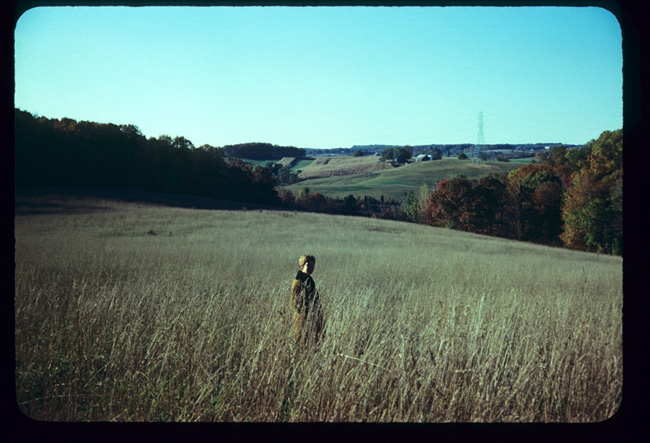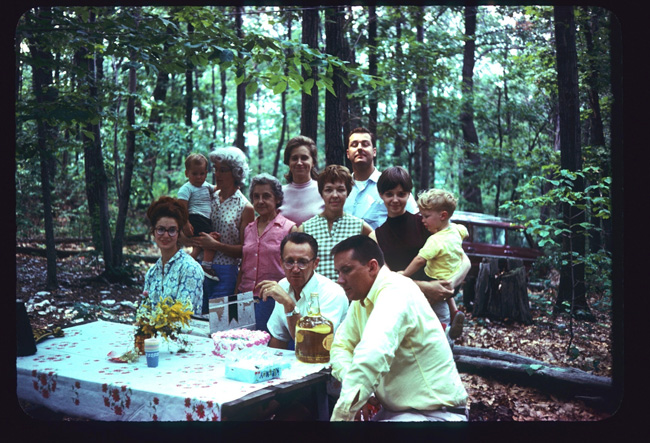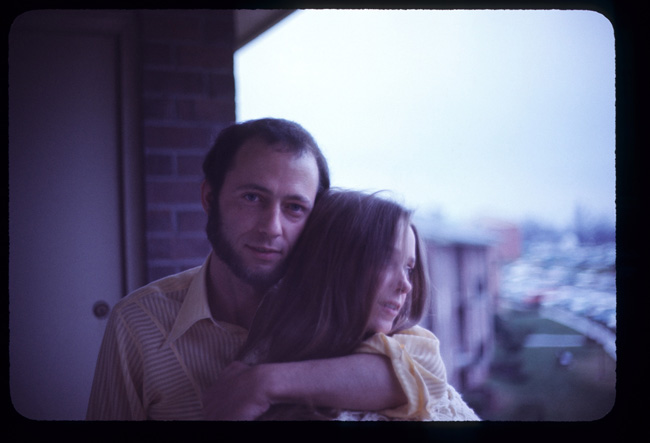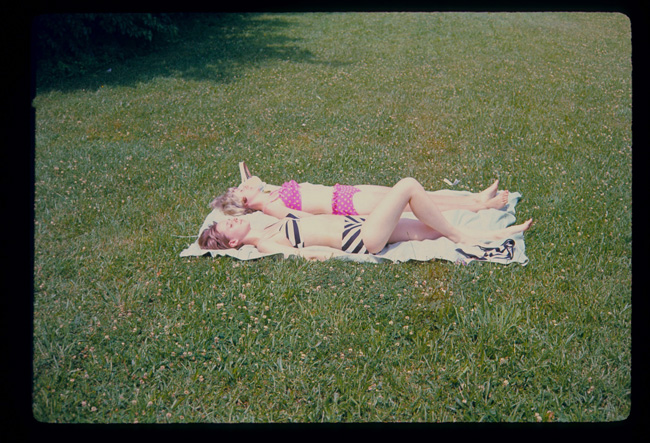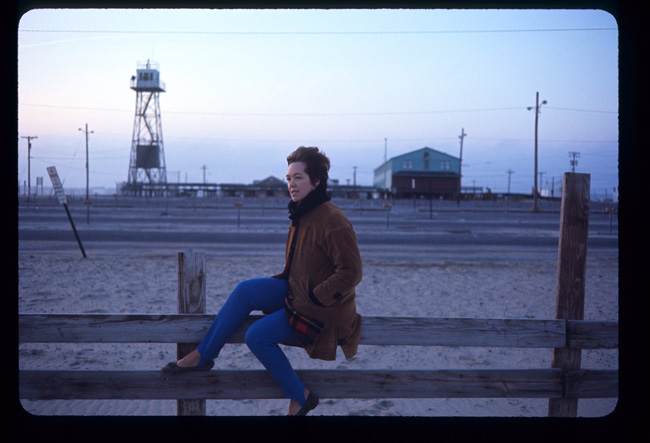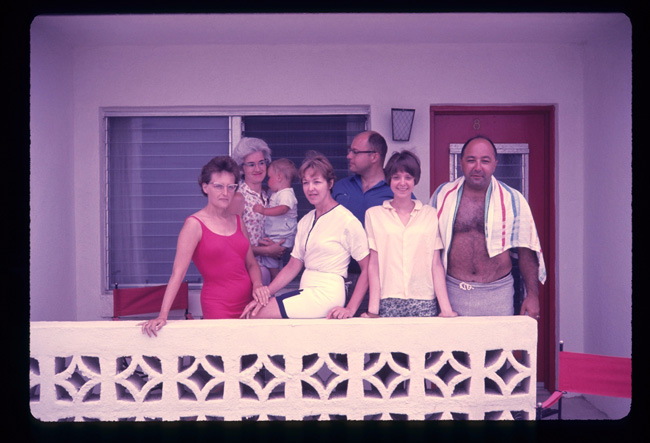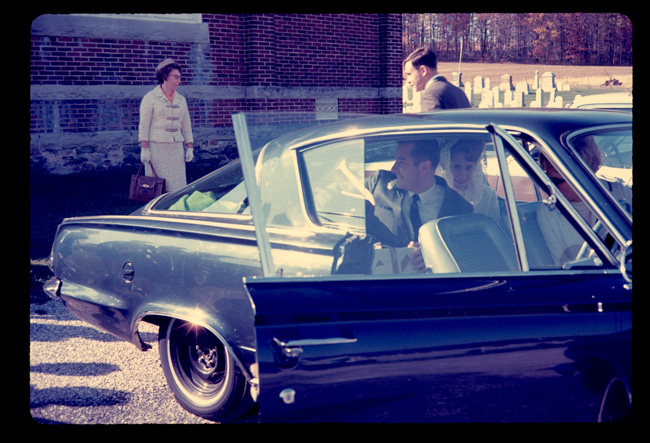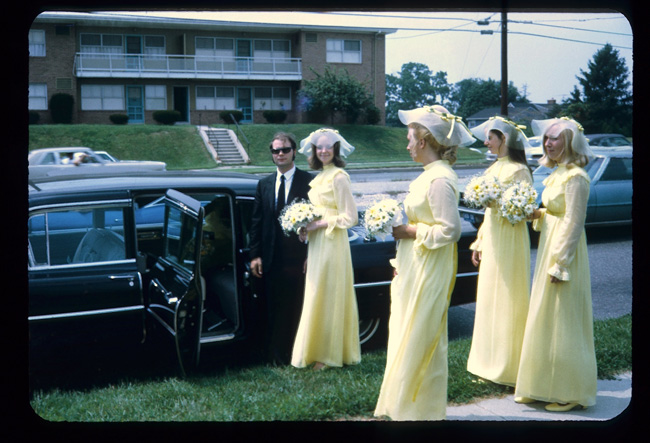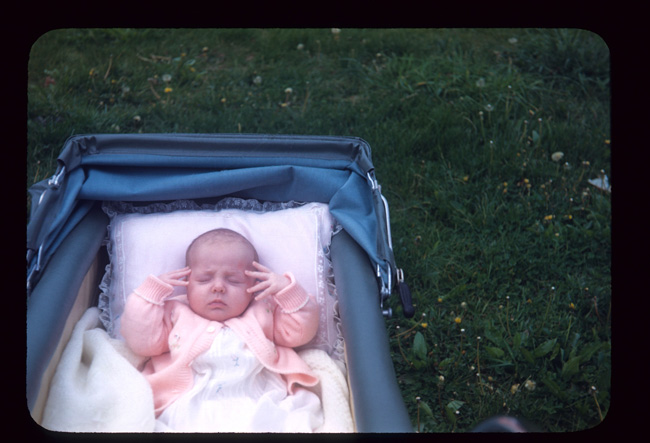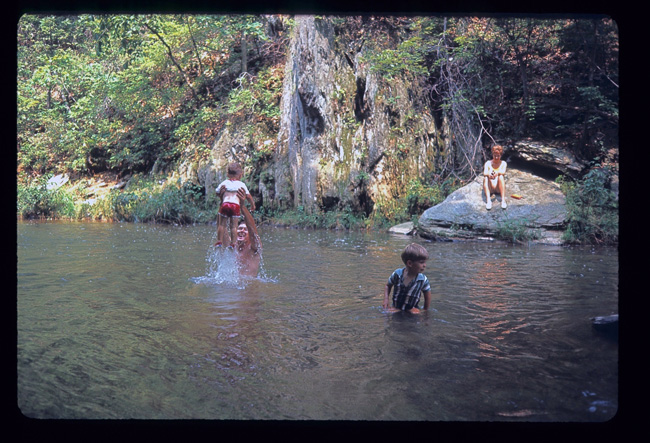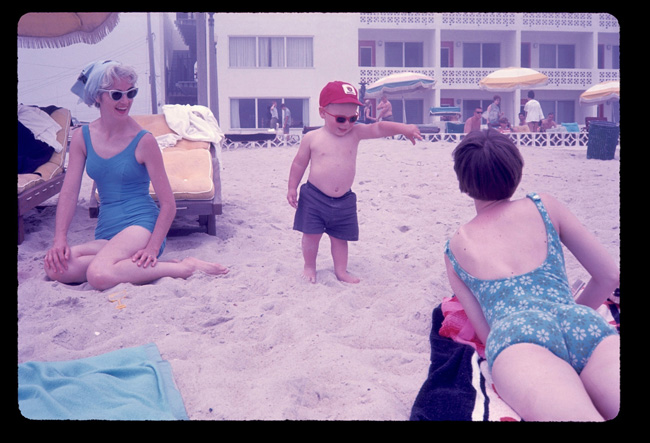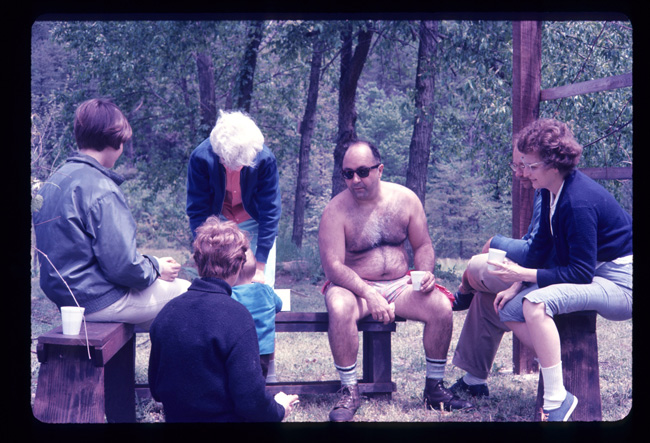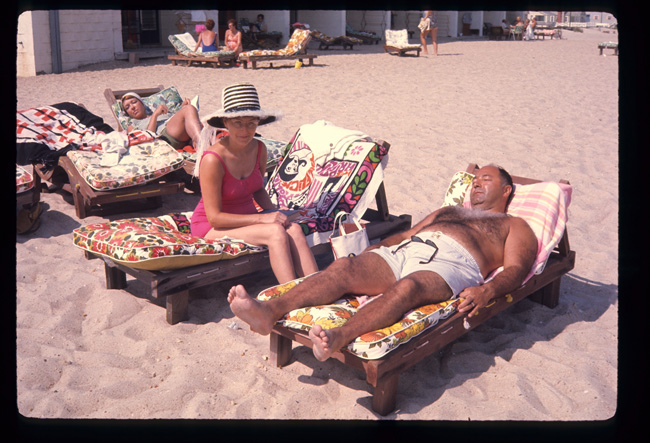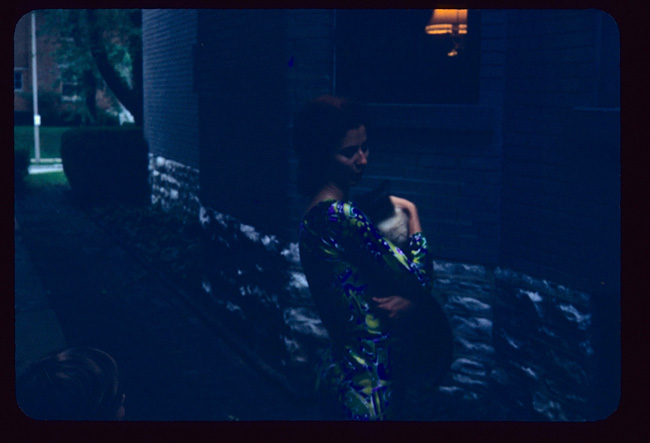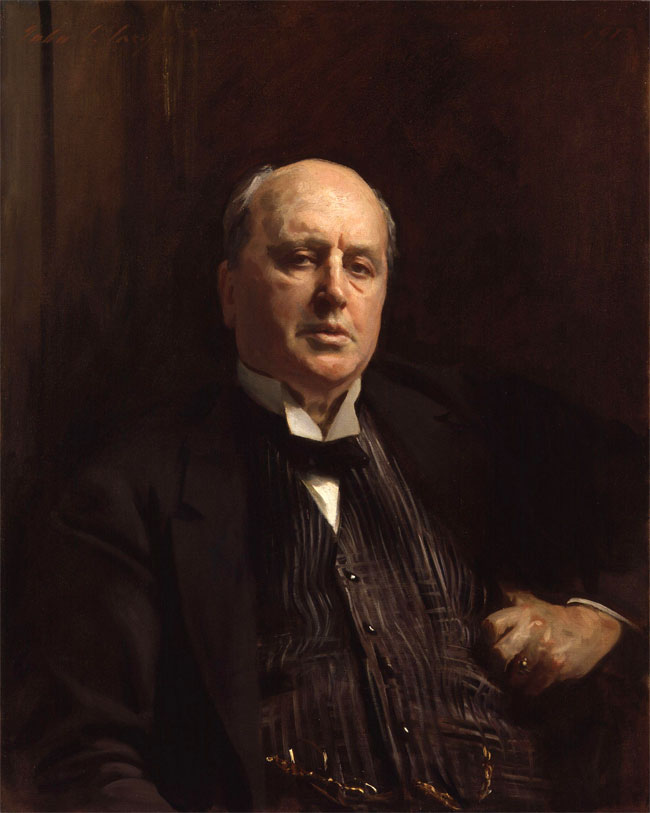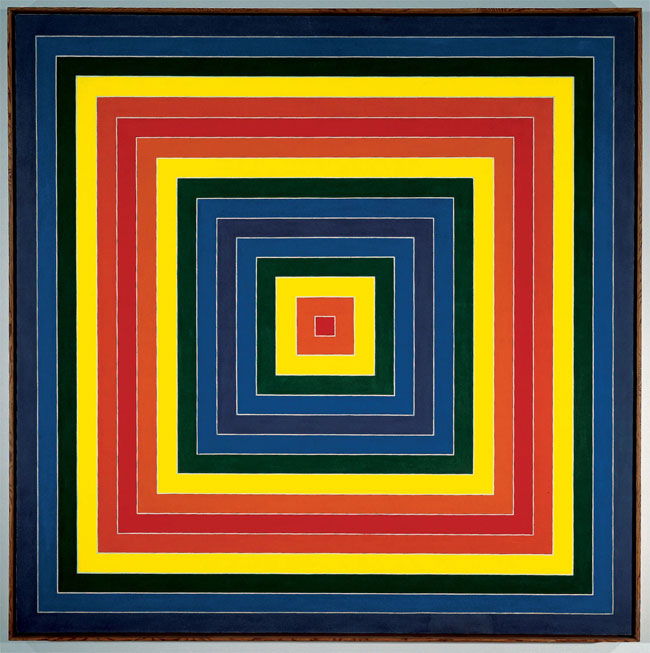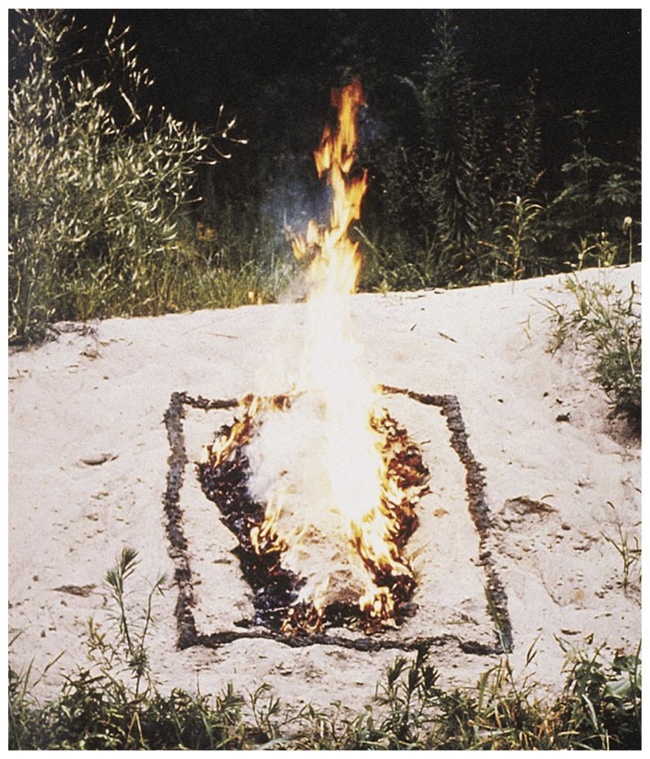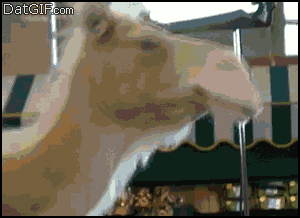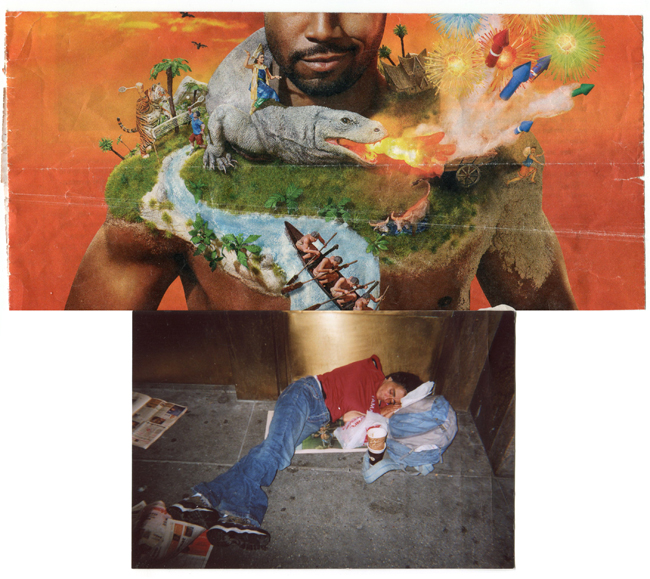Here are some rough notes about my 70×70 film curation, while the project was still cooking.
A few thoughts, after our meeting, now that I have a better idea of how the films might be programmed.
Some of the films are only needed as clips. Or quotes.
Some of the films seem to work in pairs.
For example, BEAT goes with THE BEAT GENERATION. Both being low budget exploitations (in very different modes) of Beat Culture.
THE BEAT GENERATION also links, by way of Steve Cochran, with IL GRIDO.
And there is one other notion that strikes me, a film that was never actually made. See: THE FACE ON THE FORK (WILLIAM BURROUGHS TRIPTYCH). Beat Scene Press, 2012. THE FACE ON THE FORK being the Burroughs film I wrote for WDR (Cologne). Unproduced. It would be quite interesting, I think, to do a reading – perhaps with images or other Burroughs footage – of the script. A film made in performance.
BRING ME THE HEAD OF AG links, tenuously, via Mexico, with THE CRIMINAL LIFE OF ARCHIBALDO DE LA CRUZ (Which is also the film Gary Walkow wants to view during the making of BEAT.)
IN A LONELY PLACE (LA noir) links with THE LINE UP (San Francisco noir).
CANDY MOUNTAIN links with CHAPPAQUA: underground with ambition or vanity or budget. And being largely unseen. A little demented, both (Robert Frank has strong connections with Kerouac, Conrad Rooks with Burroughs.)
NOSTALGIA FOR THE LIGHT (Chile) links with TORNADAO (Mexico).
Two of the other pairs work more like conjoined twins.
I’d like to see TOUCH OF EVIL and PSYCHO intercut (compare and contrast motel scenes; the Welles single-take drive and the Hitchcock drive; and, above all, the presence of Janet Leigh in both films). Either mix and match as a single film. Or project alongside on twin screens.
VULCANO and STROBOLI, being attempts to make the same story, at the same time, on neighboring islands, should certainly be projected side-by-side, as an installation.
DRIVE would only be sampled for the one scene where the Chevrolet Impala is chosen.
I remembered another Danish take on the West Coast, the migrant director Nicolas Winding Refn’s film of the Jim Sallis novel, DRIVE. The stunt driver in the zipped windcheater who moonlights as a professional getaway man is checking out possible motors for the night’s business. The limping mechanic tells him he looks like a zombie and offers: ‘Benzedrine, Dexedrine, caffeine, nicotine.’… ‘There she is,’ says the gimp. ‘Chevy Impala, most popular car in the state of California. No one will be looking at you.’
This clip could be twinned with the material on Jim Sallis from ASYLUM, the visit to Phoenix made with Chris Petit. Which also links with the opening sequences of PSYCHO.
Only a couple of sequences from IN SEARCH OF DEADAD would be required: Hollywood and the visit to Mexico for the Day of the Dead. The Kötting material might lend itself to performance, readings. I’m sure Andrew would be prepared to do a gig. Bits from various places, along with a showing of SWANDOWN perhaps?
—
Iain Sinclair has lived in (and written about) Hackney, East London, since 1969. His novels include DOWNRIVER (Winner of the James Tait Black Prize & the Encore Prize for the Year’s Best Second Novel), RADON DAUGHTERS, LADOR’S TOWER and, most recently, DINING ON STONES (which was shortlisted for the Ondaatje prize). Non-fiction books, exploring the myth and matter of London, include LIGHTS OUT FOR THE TERRITORY, LONDON ORBITAL and EDGE OF THE ORISON. In the 90s, Iain wrote and presented a number of films for BBC2’s Late Show and has, subsequently, co-directed with Chris Petit four documentaries for Channel 4; one of which, ASYLUM, won the short film prize at the Montreal Festival. He edited LONDON, CITY OF DISAPPEARANCES, which was published in October 2006. Recently he has published HACKNEY, THAT ROSE-RED EMPIRE (2009) and GHOSTMILK (2011).
www.iainsinclair.org.uk
www.testcentre.org.uk
